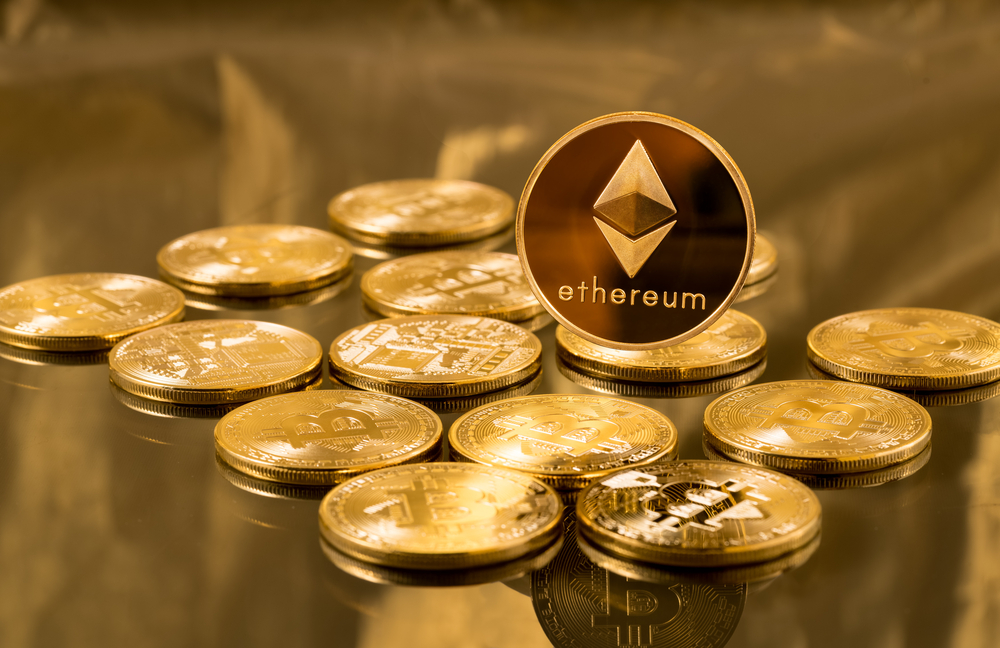Even though we’ve highlighted some of the criticisms directed toward Ethereum before, they are not the only issues the network has to address. It is disappointing to see such a prominent ecosystem hindered by technical issues, ideological decisions which can easily backfire, and other factors which may eventually spell disaster for Ethereum. Below are some of the downsides of which Ethereum users and investors alike should be aware.
4. Cryptocurrency ICOs are a Risk
Even though virtually every company or project looking to raise money wishes to conduct an Ethereum-based ICO, these crowdsales can have negative repercussions. A lot of these projects will eventually liquidate the amount of ETH raised and dump it all on the market. Not only will this affect the Ether price negatively, but it also shows Ethereum is merely a facilitator to raise funds, rather than technology in which these companies believe.
It is only a matter of time until the influx of cryptocurrency ICOs backfires on the Ethereum ecosystem. There is no guarantee that any of these projects have legitimate intentions, and any bad PR will automatically taint Ethereum’s reputation further. While it is true that Ether allows people from all over the world to invest in ICOs, there is never a guarantee for success.
3. Exploits and Weaknesses
Even though many companies have joined the Ethereum Enterprise Alliance, they are not necessarily aware of the issues this network has. We have seen two major exploits discovered and used, both of which resulted in massive amounts of funds being stolen. The first exploit was the DAO smart contract bug, and the second exploit showed how Ethereum has no secure multisignature wallet solution currently. Immature technology often suffers from issues like these.
2. No Supply Cap
Contrary to what some people may assume, there is no official hard cap on the amount of ETH. While proof-of-work will be replaced by proof-of-stake in the future, Ethereum will continue to be inflationary as a result. Unlike Bitcoin, with its 21 million hard cap, Ethereum has no fixed maximum supply. This means the value of every individual ETH lowers every time a new coin is brought into circulation. In this regard, Ethereum is quite similar to fiat currencies, even though its level of inflation is significantly lower.
1. Not an Immutable Blockchain
The main selling point of Ethereum is how it provides blockchain technology and new features to the entire world. One of the primary aspects of using a blockchain is that this ledger creates an undisputed record of events which can no longer be altered once the information has been accepted and confirmed by the rest of the network. That is no longer the case for Ethereum, and it is surprising how few people recognize this important detail.
Ethereum’s developers introduced a hard fork after the DAO was hacked. This hack put a large amount of the available ETH supply at risk of falling into the wrong hands. The hard fork also removed the immutability aspect of the Ethereum blockchain. This means that any application or project built on top of the Ethereum blockchain could see part of its history or transactions wiped out if a similar incident were to occur. People looking for the immutable Ethereum blockchain should look into Ethereum Classic, which was maintained as an ideological opposition to this blockchain rollback.

